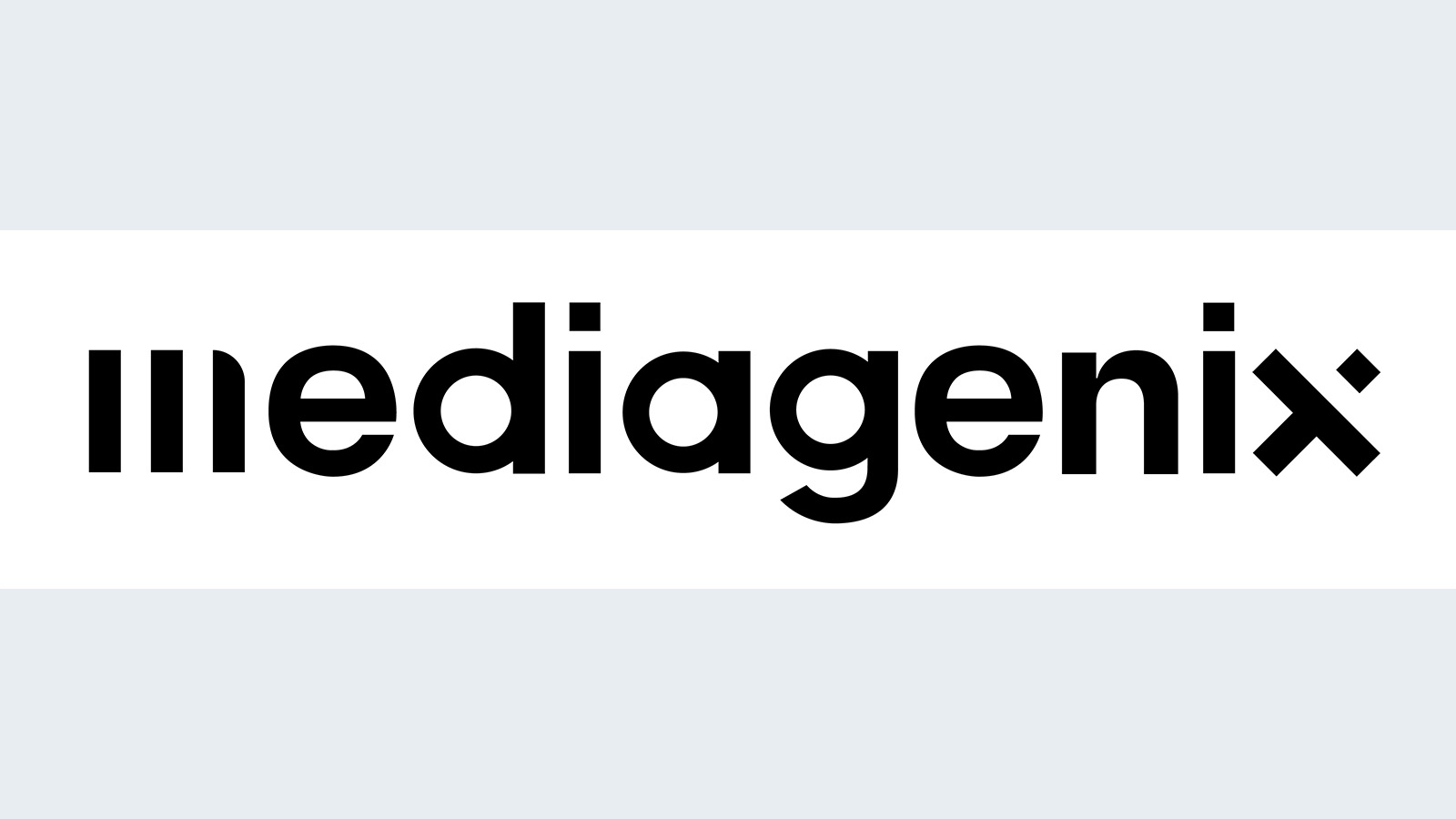VHF Stations to Pay More Than UHF Stations in Proposed FCC Fees
Every year the FCC collects regulatory fees based on FCC licenses held as of Oct. 1 the previous year from licensees that do not pay the fee as part of their license application and renewal. In its Notice of Proposed Rulemaking on Assessment and Collection of Regulatory Fees for Fiscal Year 2012 released this week, I was surprised to see that the proposed fee structure maintains significantly higher regulatory fees for DTV stations operating on VHF frequencies than for stations using UHF channels, even though the FCC has accepted that VHF channels are less valuable than UHF channels and the Spectrum Act gives the FCC authority to pay stations to voluntarily move from UHF to VHF.
The NPRM offers no explanation for the higher charge to VHF stations. While it may have been true that VHF stations, which tended to be owned or affiliated with major networks, may have cost the FCC more to regulate than the many independent UHF analog stations, it is hard to make that argument after the DTV transition when many of these network affiliates stayed on their UHF DTV channels. In previous Regulatory Fee assessments, the FCC said that eliminating the UHF discount (or VHF premium) would significantly raise regulatory fees for UHF stations.
In my July 28, 2011 RF Report article Vs Penalized in New FCC Regulatory Fee Structure I quoted this statement from the 2011 Regulatory Fee Report and Order: ""the Commission will, by the end of calendar year 2011, initiate a further rulemaking that will update the record on regulatory fee rebalancing, as well as expand this inquiry to include new issues and services not covered by the 2008 Further Notice of Proposed Rulemaking, such as whether and how to re-assess the regulatory fee burden of all fee categories." The FCC did not address that in the NPRM released May 4.
Here is a comparison of the VHF and UHF fees for commercial TV stations in the top 100 markets:
Market size
VHF
UHF
1 to 10
87,425
34,650
The professional video industry's #1 source for news, trends and product and tech information. Sign up below.
11 to 25
72,925
31,950
26 to 50
41,675
21,875
51 to 100
20,725
12,625
These numbers represent a slight increase in proposed fees from last year. Overall, as I pointed out in the July 2011 RF Report article, if the cost were distributed evenly among UHF and VHF stations in the top 10 markets the VHF stations would pay about half as much and the UHF stations would pay about $8,000 more, due to there being many more UHF DTV stations than VHF DTV stations.
The proposed fee for broadcast auxiliary licenses (Part 74 microwaves, wireless microphones, etc.) remains unchanged at $10 per license. The proposed fee for Earth stations, including SNG uplinks, increased to $275 this year compared with $245 last year. Low Power TV, Class A TV, TV/FM translators and boosters operating under Part 74 paid $395 last year and will pay a bit less, $385, this year. If these stations are simulcasting analog and digital on different channels, they only need to pay the fee on the analog channel.
The VHF/UHF fee disparity was raised in comments in last year's regulatory fee NPRM and I expect the issue will return this year. We'll have to wait until the Report and Order with the final fee structure is released to see whether the FCC decides to change the fee structure to one that's fairer to VHF commercial full power DTV stations.

Doug Lung is one of America's foremost authorities on broadcast RF technology. As vice president of Broadcast Technology for NBCUniversal Local, H. Douglas Lung leads NBC and Telemundo-owned stations’ RF and transmission affairs, including microwave, radars, satellite uplinks, and FCC technical filings. Beginning his career in 1976 at KSCI in Los Angeles, Lung has nearly 50 years of experience in broadcast television engineering. Beginning in 1985, he led the engineering department for what was to become the Telemundo network and station group, assisting in the design, construction and installation of the company’s broadcast and cable facilities. Other projects include work on the launch of Hawaii’s first UHF TV station, the rollout and testing of the ATSC mobile-handheld standard, and software development related to the incentive auction TV spectrum repack. A longtime columnist for TV Technology, Doug is also a regular contributor to IEEE Broadcast Technology. He is the recipient of the 2023 NAB Television Engineering Award. He also received a Tech Leadership Award from TV Tech publisher Future plc in 2021 and is a member of the IEEE Broadcast Technology Society and the Society of Broadcast Engineers.
